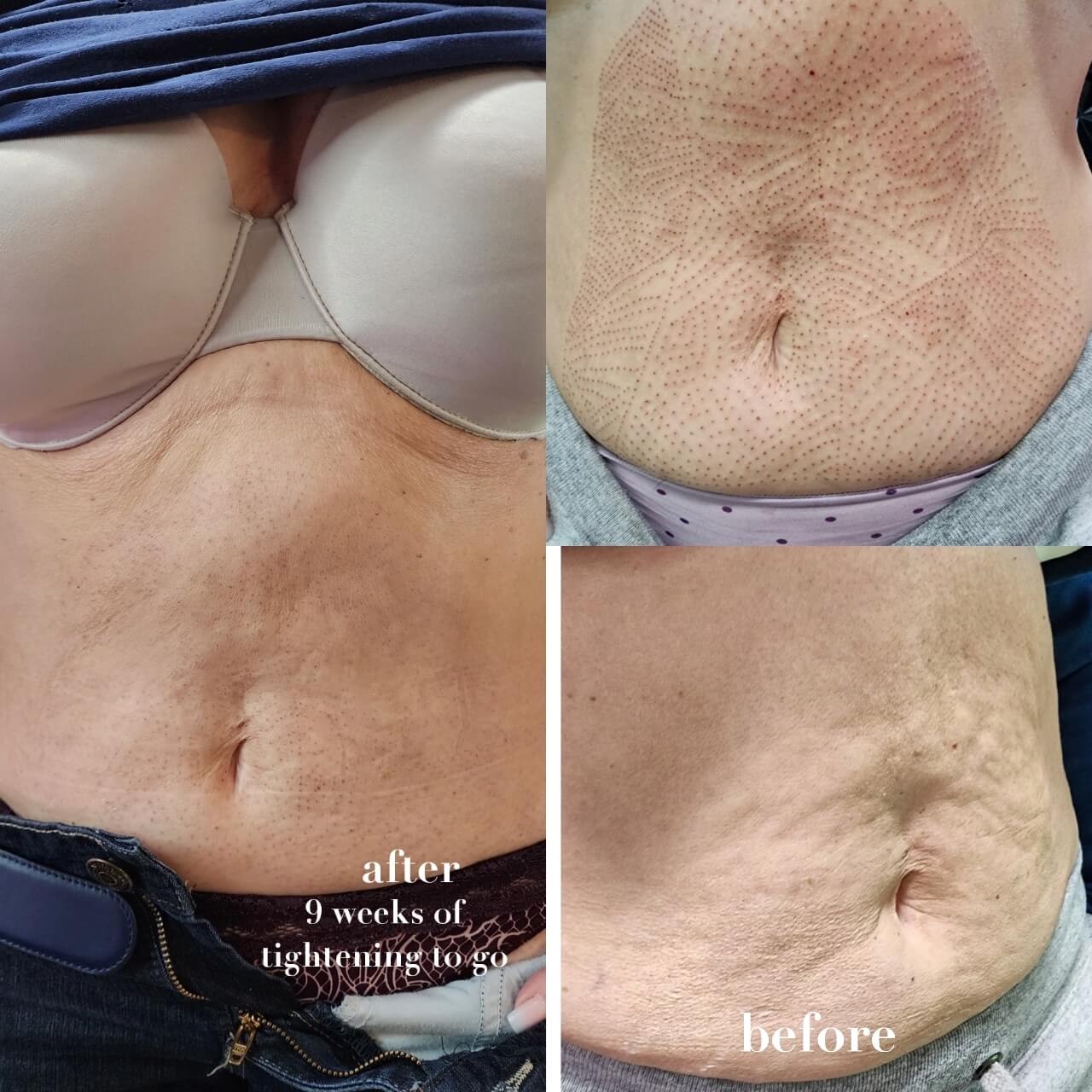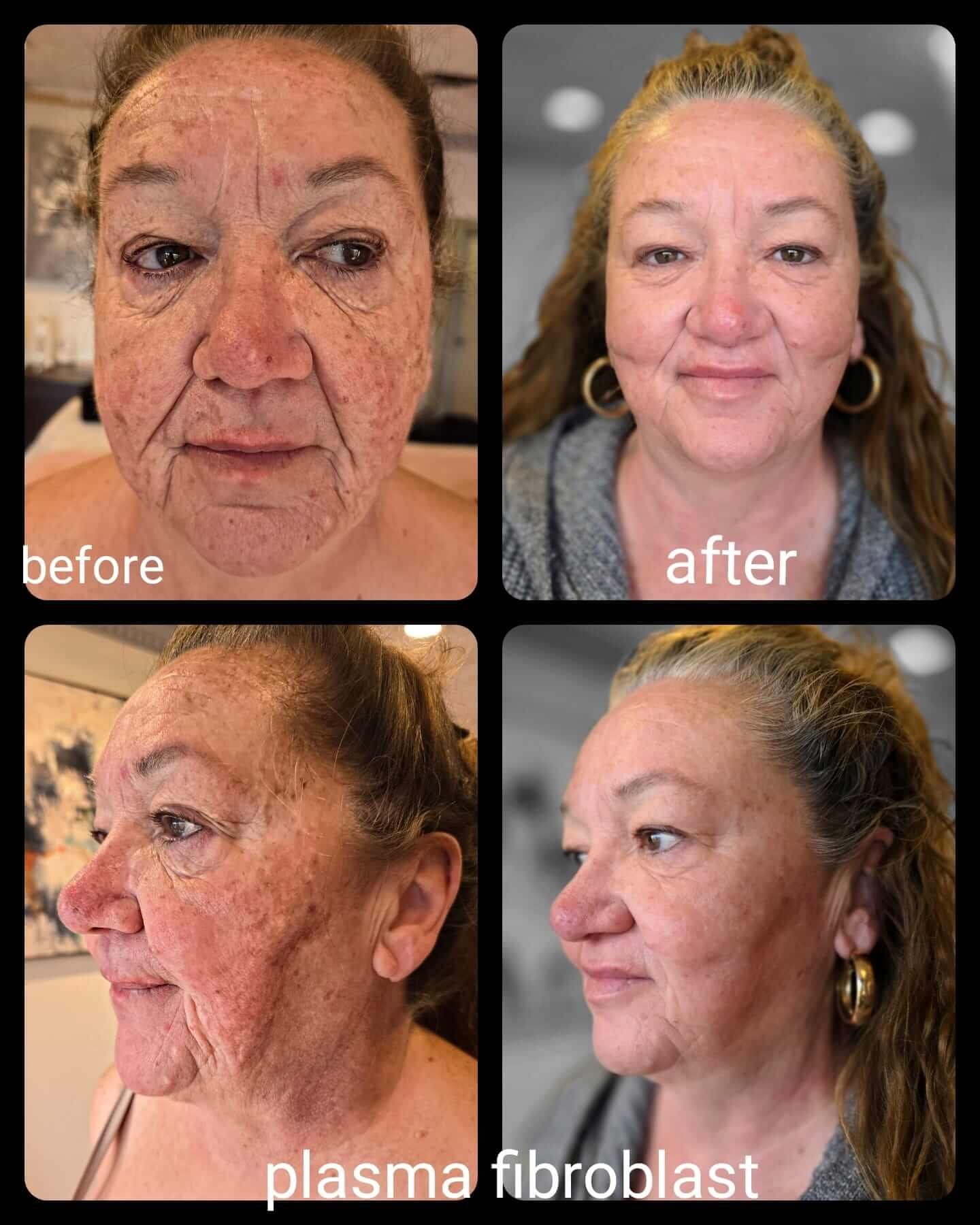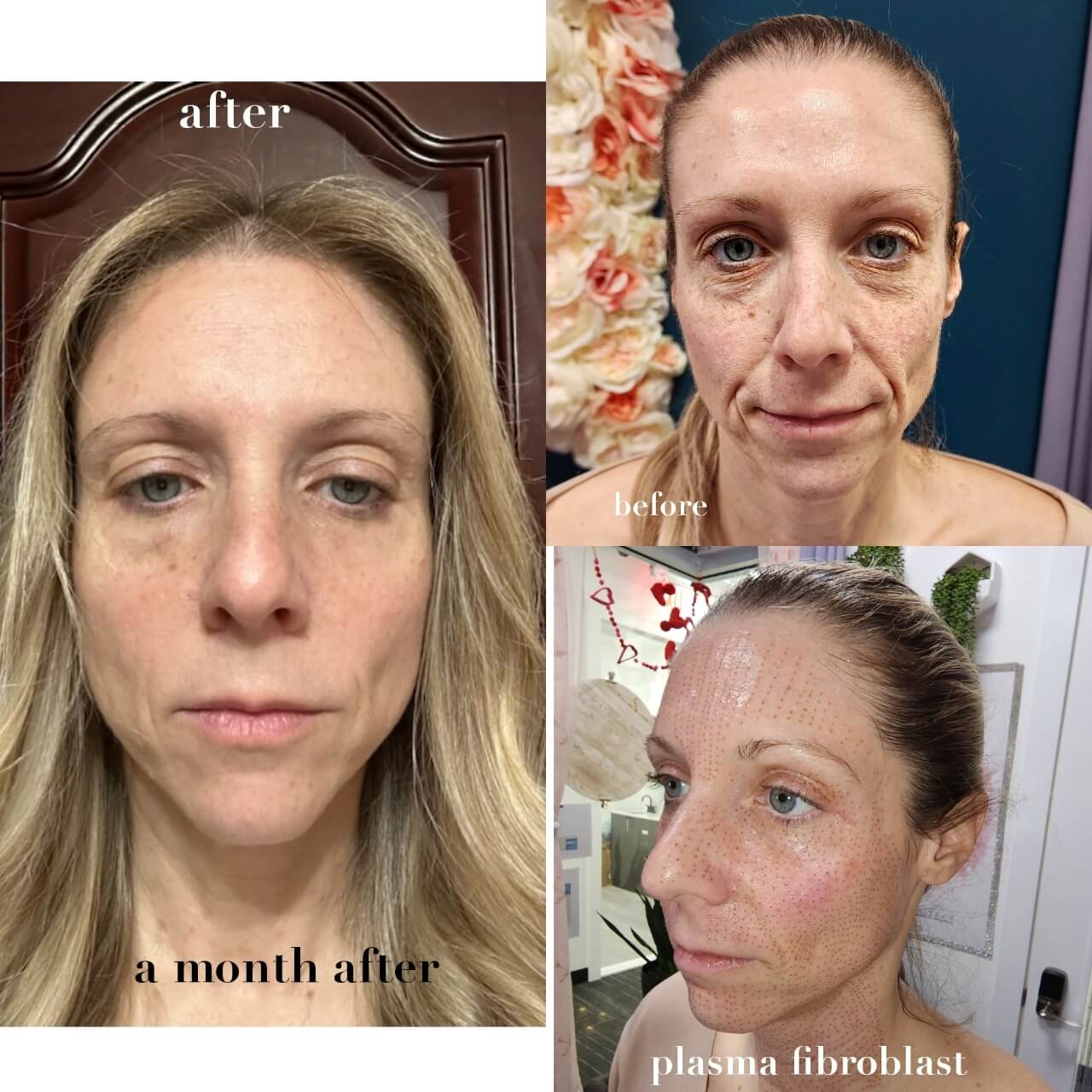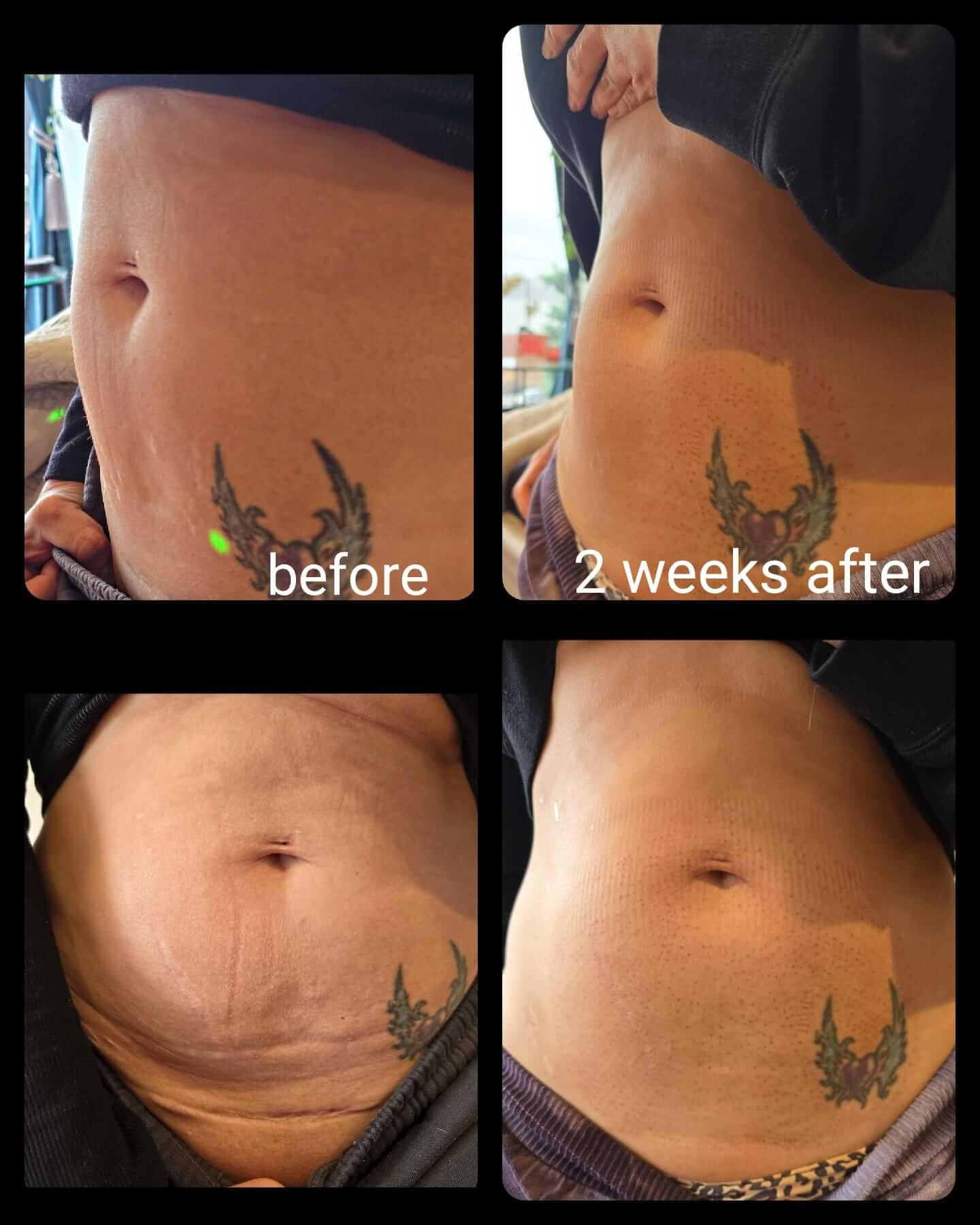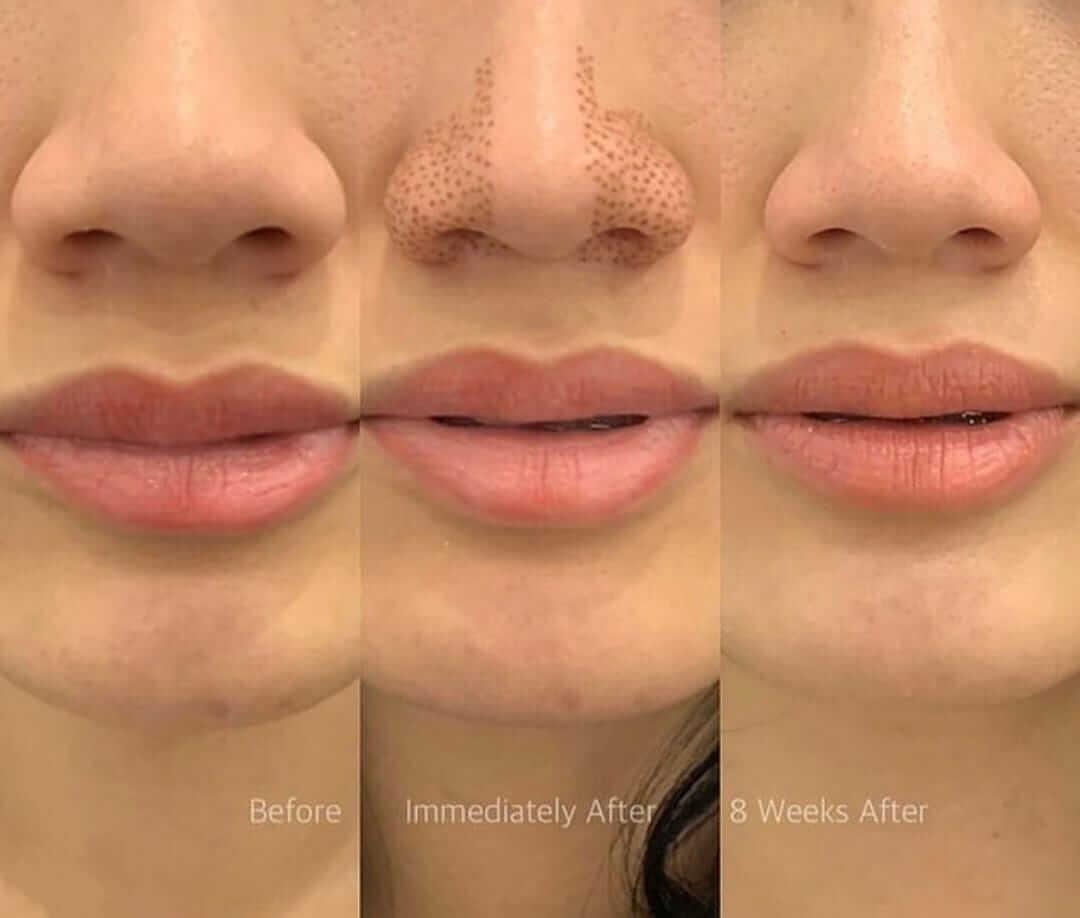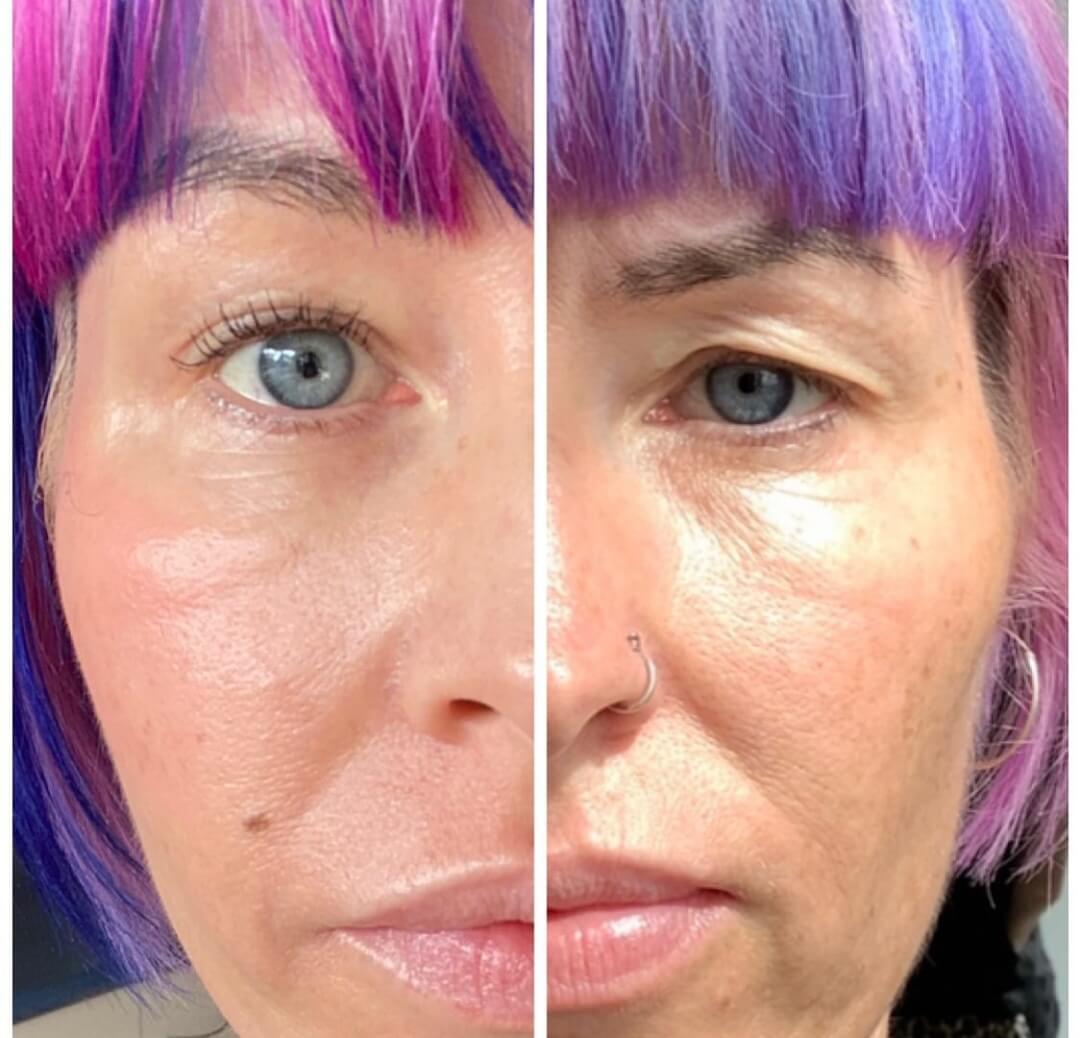Services
Fibroblast
What is Fibroblast?
Experience the Power of Plasma Fibroblast Therapy
Plasma fibroblast therapy is a cutting-edge, non-invasive treatment that delivers impressive results without the need for surgery, cutting, bleeding, or anesthesia. This minimally invasive procedure involves minimal downtime, making it a convenient option for those seeking noticeable skin improvements without the risks and recovery time associated with traditional cosmetic surgery.
Transform Your Skin with Tightening and Rejuvenation
This treatment effectively tightens loose skin on the face, neck, and body while reducing wrinkles and fine lines. By stimulating collagen and elastin production, plasma fibroblast therapy improves skin texture and elasticity, leaving you with smoother, firmer skin. It can target specific areas such as crow’s feet, forehead lines, marionette lines, and nasolabial folds. Additionally, it lifts and tightens drooping eyelids, minimizes stretch marks, and reduces acne scars, age spots, and sun damage.
Safe, Effective, and Long-Lasting
As a non-surgical and minimally invasive treatment, plasma fibroblast therapy offers a safe and effective alternative to traditional cosmetic procedures. With results that can last up to three years, it’s an excellent solution for those looking to enhance their skin’s appearance without the need for repeated treatments.

Immediate Aftercare (First 24-48 Hours)
After treatment, gently cleanse the treated area with a fragrance-free cleanser and pat it dry with a clean cloth. To reduce swelling and discomfort, apply cold compresses as needed. Avoid touching, scratching, or picking at the small carbon crusts that form, and do not apply makeup until they have naturally fallen off. Keeping the area clean and untouched during this period is crucial for proper healing.
Healing and Longer-Term Care (Days 2-7 and Beyond)
Continue using the prescribed aftercare product to keep the area moist and promote healing. Protect the treated area from sun exposure and avoid harsh skincare products, scrubs, and exfoliants. Refrain from swimming and sleep with your head elevated if the treatment was on your face. After the carbon crusts have fallen off, continue sun protection and avoid active exfoliants like glycolic, salicylic, and retinoic acid for at least 21 days. Follow all specific instructions from your practitioner to ensure the best results.

FAQs
Is Fibroblast better than fillers?
Fibroblast delivers more targeted results than dermal fillers, which have to be injected in relatively sizable clumps to enhance lip volume. The end results with plasma fibroblast lips look much more natural than lips treated with dermal fillers—no overfilled lips here! Fillers are temporary and plasma fibroblast are permanent.
Does fibroblast really tighten skin?
Evidence suggests that plasma fibroblast therapy can tighten the skin in a number of areas, including the: face, neck, arms, eyelids, puffy eyes, lines and wrinkles, cellulite, stretch marks, and between the thighs.
How does Fibroblast treatment work?
The treatment uses a device called a Plasma Pen to deliver tiny plasma arcs to the skin. This stimulates the production of collagen and elastin, which are proteins that help keep the skin firm and tight.
What areas of the body can be treated with Fibroblast treatment?
Fibroblast treatment can be used on many areas of the body, including the face, neck, décolletage, stomach, arms, and thighs.
Is Fibroblast treatment painful?
The treatment may cause some discomfort, but most patients report only a mild to moderate sensation of heat and tingling during the procedure.
How many Fibroblast treatments are needed?
The number of treatments required depends on the individual patient and the desired outcome. Most patients achieve optimal results with 1-3 treatments, spaced 8-12 weeks apart.
Book An Appointment Today With

Fibroblast
Recent Work


